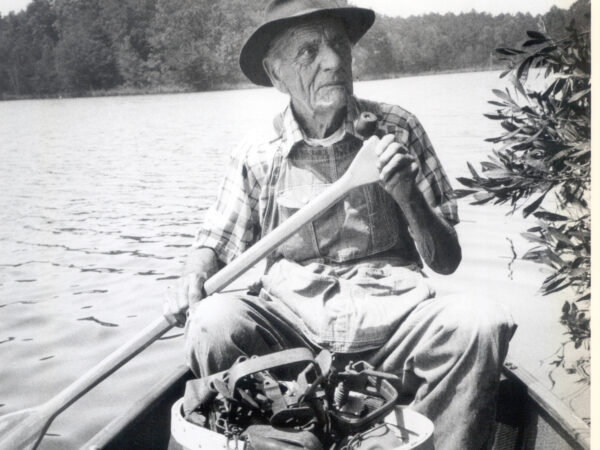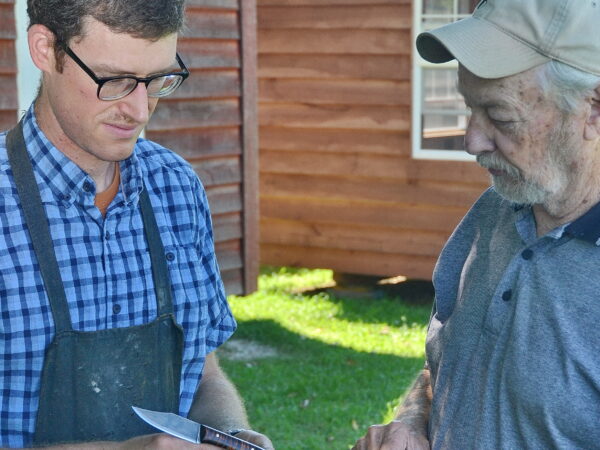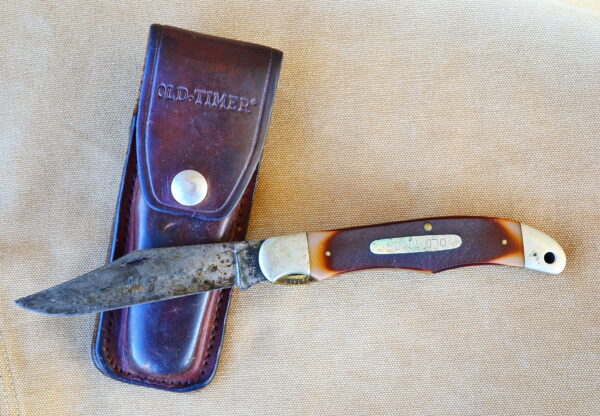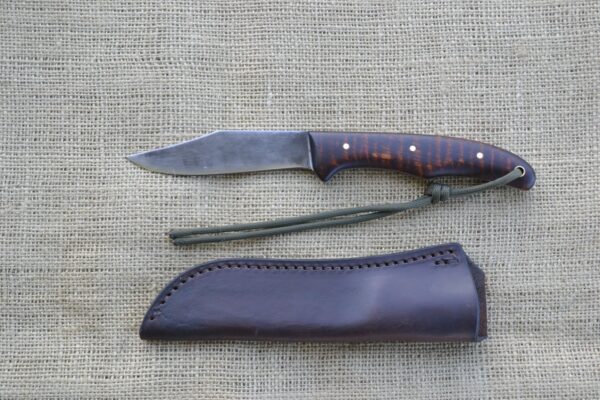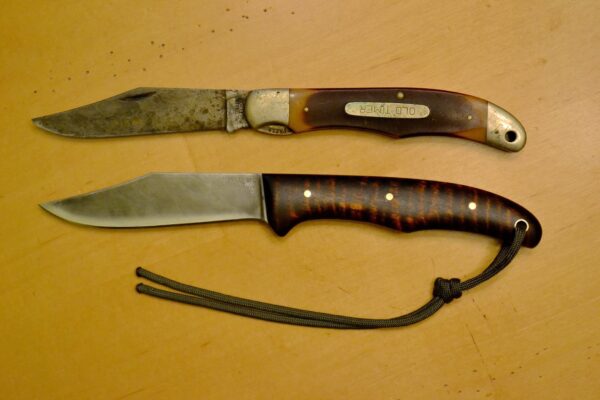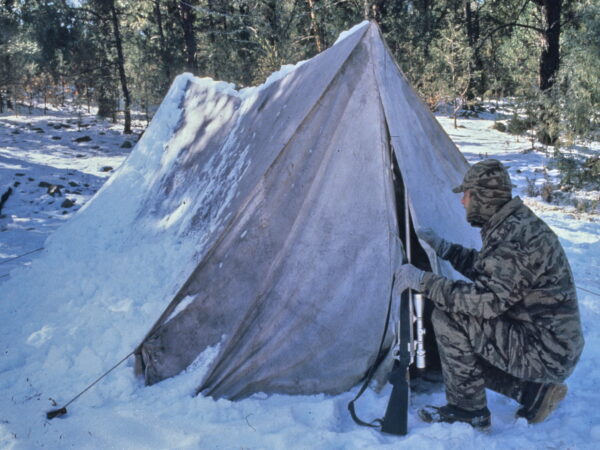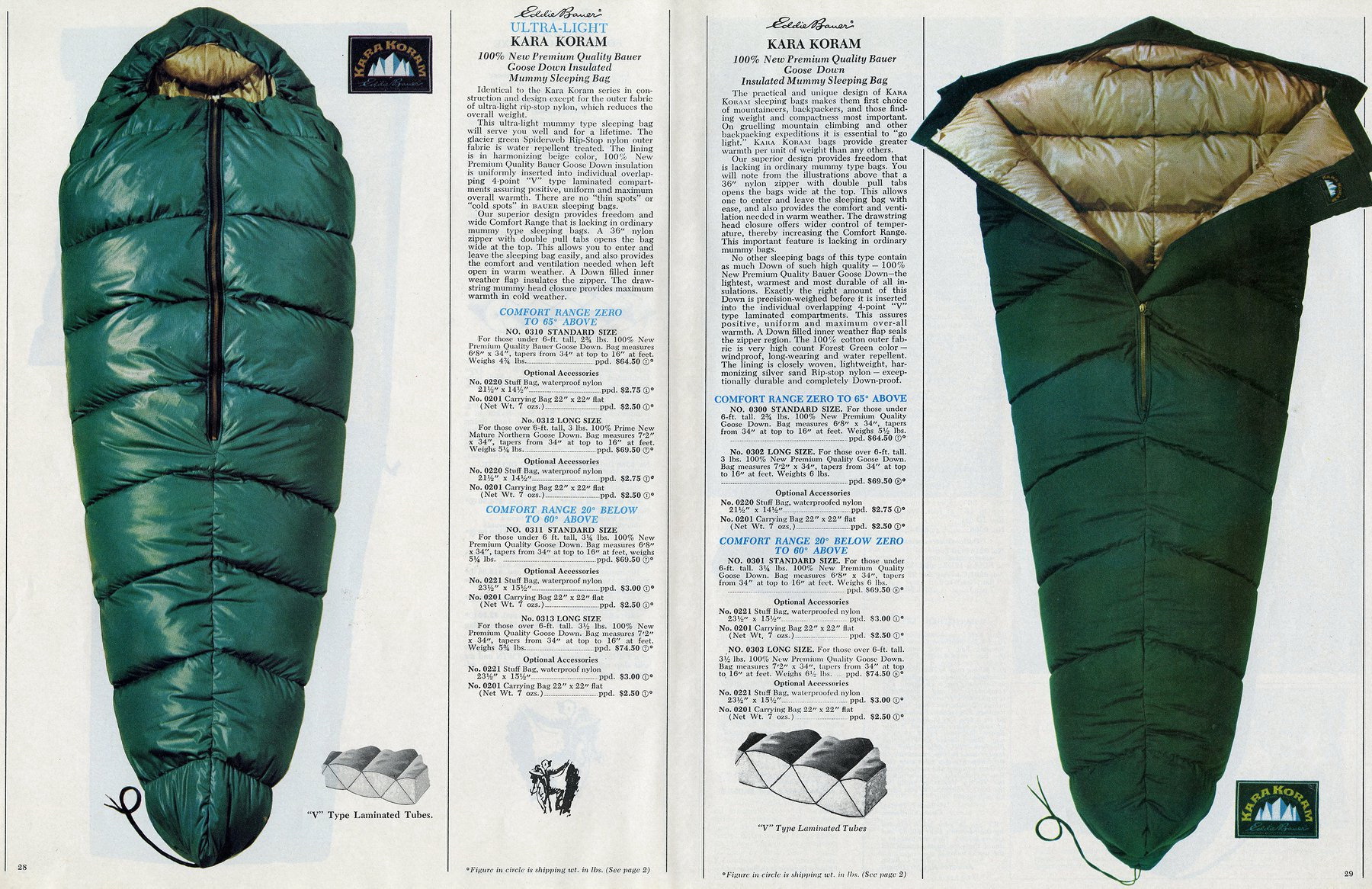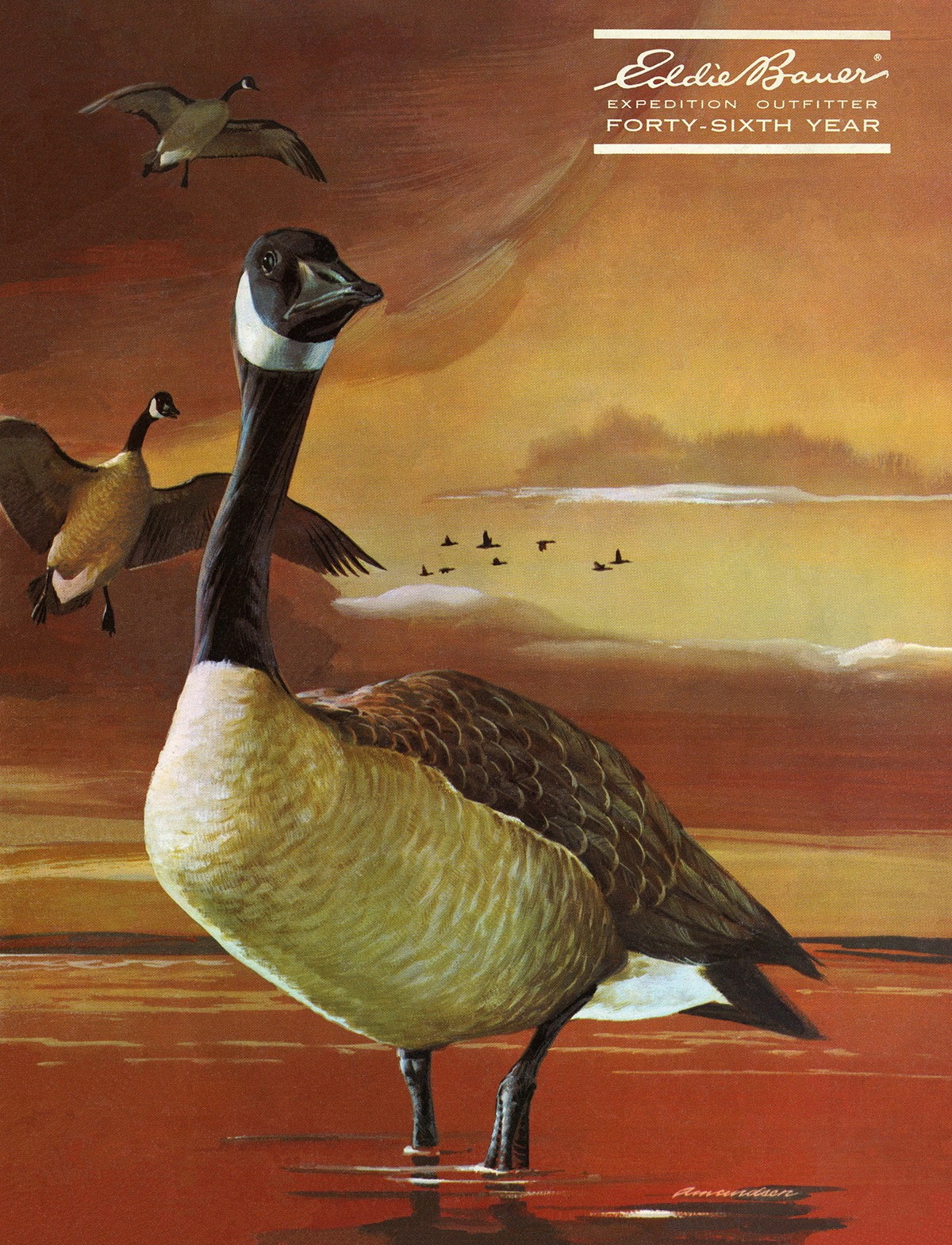This coming Monday, April 4th, we celebrate my late dad’s 118th birthday. George N. Fears, who passed away at the age of 94, was a great dad, husband, grandfather and Christian man. He was a woodsman’s woodsman. Here is part of an interview that writer Denise Huddleston wrote about him in 1976.
“My family was living in the hills of Lincoln County Tennessee in 1904 trying to keep a-living raising crops–especially corn when the news came of the “King Cotton” crop being grown in Alabama. My daddy packed us all in a two horse covered wagon in 1906 and we made the grueling journey to Alabama settling in a three room cabin on Hurricane Creek at the base of Tater Knob Mountain. Things were a bit better for us here, yet we still had little to show for our everyday struggles. Often, I hoed crops, trapped, picked cotton, and did the chores needing to be done around the homestead until I reached the age of ten. By then both my parents had died, I started gathering ginseng, which is a root to be found on the side of the mountain. We got pert near $7 a pound for the ginseng which back then was a lot of money”, laughs the elderly Fears which to the age of 74 has managed to keep a sparkle of the excitement of life in his aging eyes.
With a look of nostalgia Mr. Fears continues saying, “I kept on hunting the wild ginseng up to when I was a young man. “At that time, men were fixing up remote ginseng camps in the mountains which grew strictly oriental roots. The plants were laid up like onion beds. I worked in a camp just under the north end of Tater Knob Mountain as the camp hunter to provide meat for our camp meals. Also, I pulled grass and weeds from around the ginseng beds, watered them and finally harvested them. We didn’t have vats to wash them in like they do today so we just cut down a tree, carved out a basin and let that be our washtub. Ground squirrels and moles became my worst enemies for they’d make quick ruin of the entire crop if they were allowed to! Yep, ginseng helped me out a good deal then and whenever I get a chance, I still like to hunt for it.”
Showing me a fine display of ginseng in his backyard, George Fears reflects back even further, “The greater part of my living between 1914 and 1940 was made by digging sang, trapping and selling furs. I had to quit school at the end of the 8th grade to help provide for younger siblings. A man back then had to live the way he knew best and those were the only things I knew how to do then. Warm summers and extremely cold winters, I’d’ be out running traps knowing that if there wasn’t a possum or coon caught in a trap there’d be no food for that day. It was a rough living and sometimes lonely, yet I sure couldn’t take a wife and expect to support her and myself both when I could barely support me most of the time. For several years, I’d be living out on the mountain alone in a tent coming in only to sell my furs and buy flour, beans and coffee, the barest essentials. I’m a good bit older now, but if I lived farther out from the city, I’d be back out on Tater Knob Mountain running traps just like before”
He continued, “Coming in from the mountains, I found myself a job in a little country store. I tended to customers and help load supplies that were to last for the next week. Most of the business was done on weekends and even then not many folks came in for the Depression was upon us all. Flour, meal, coffee and salt were the main items to be sold for people who had to raise most of their own food because they didn’t have enough money to buy it. Matter of fact, folks used to live off $5.00 worth of groceries a week. So, when I wasn’t helping in the store, I’d be out on my horse with a pack mule traveling back up into the remote coves and hollows buying hide’s, sang roots and fur from mountain folk.
In 1936 Fears, still working in the store and bartering for furs, applied to the TVA for a job which was two years in its’ coming.
“After coming off that mountain” Fears grins impishly, “I saw what I thought was the prettiest sight I’d ever seen in my life–a beautiful, young schoolteacher who I soon took to be my bride. We raised up two fine boys and I taught them the ways of the woods just as I was taught. Even today when they come visiting me, we haul off into the woods recapturing an era a long time gone”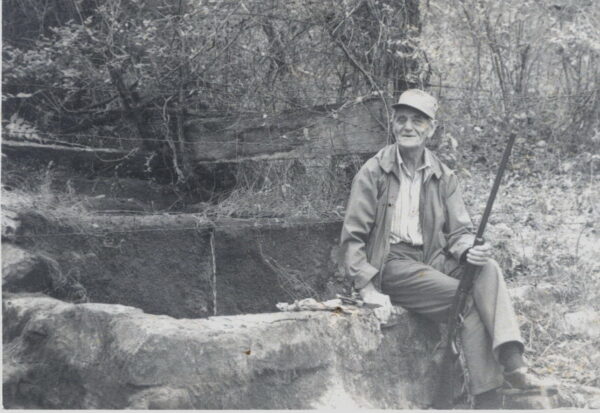
Today, some 72 years since coming to Alabama, Mr. Fears is retired, living in a nice home raising his own ginseng, and occasionally setting his traps in the mountains. Some people may pass him by discounting him, “just an old man”, yet in his heart and soul he remembers the role he played in settling Alabama.
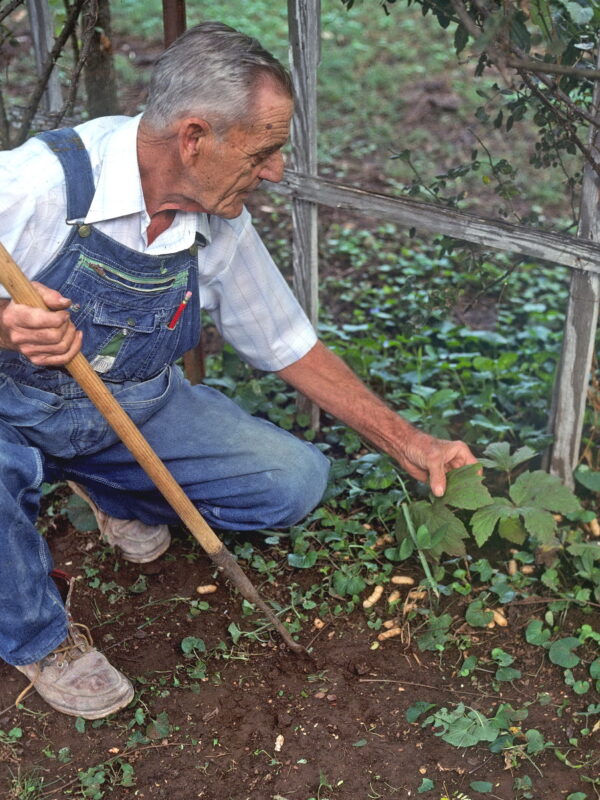
Happy Birthday, Dad. I love you… JW

